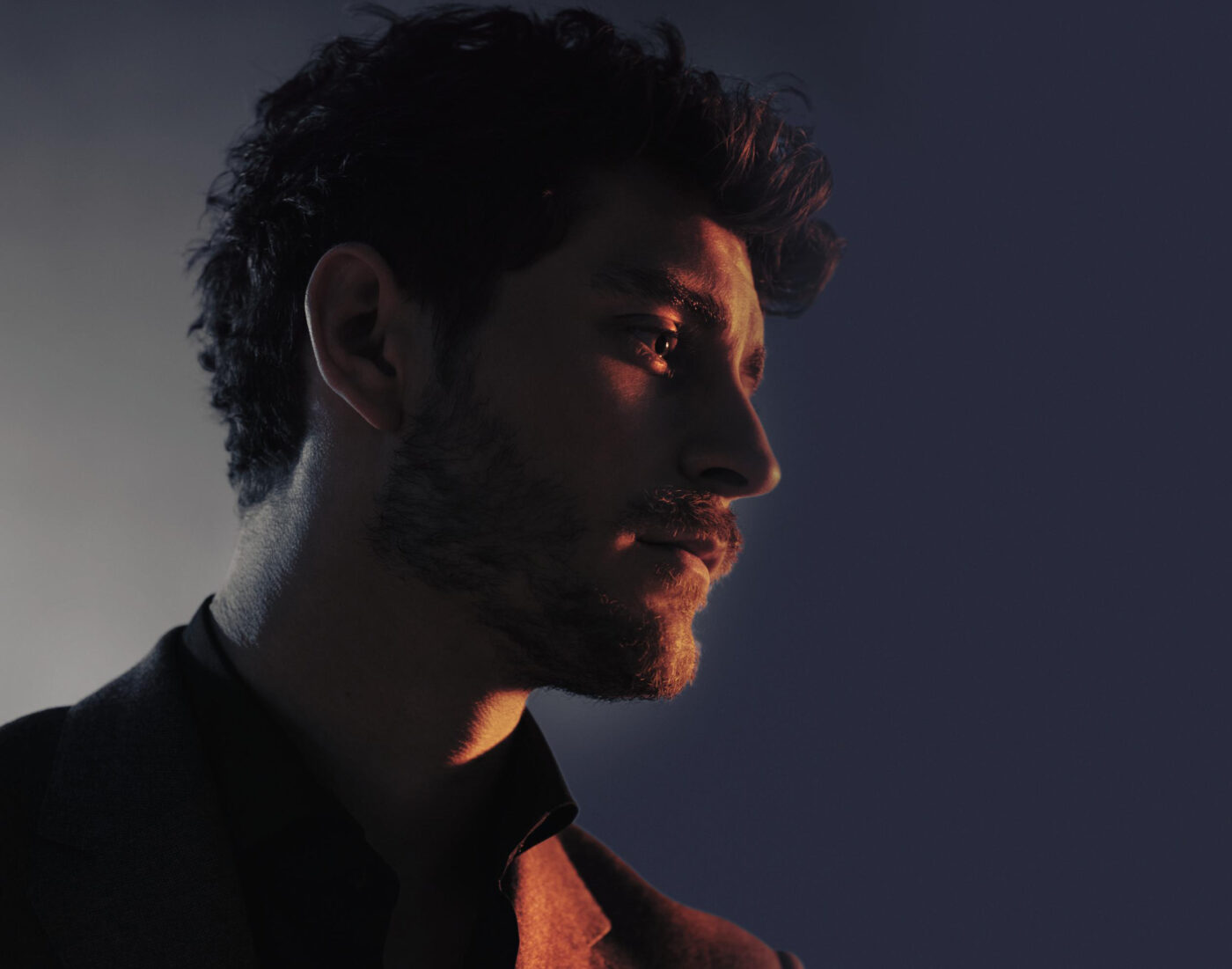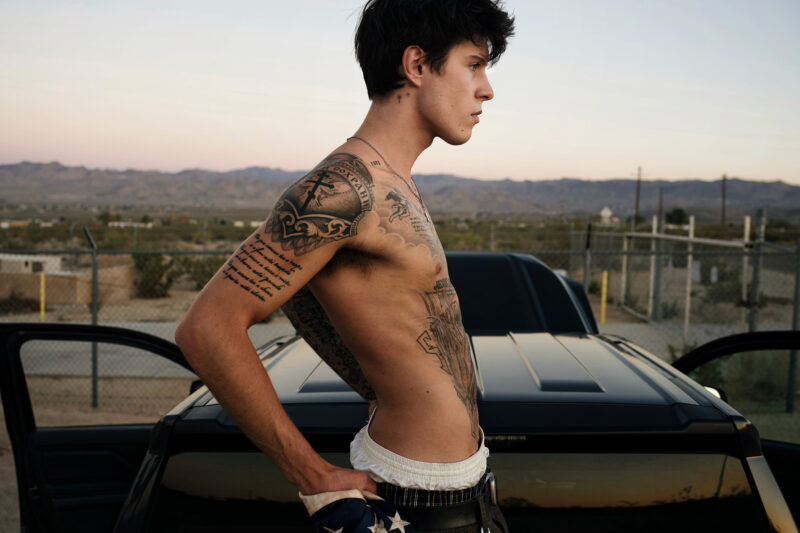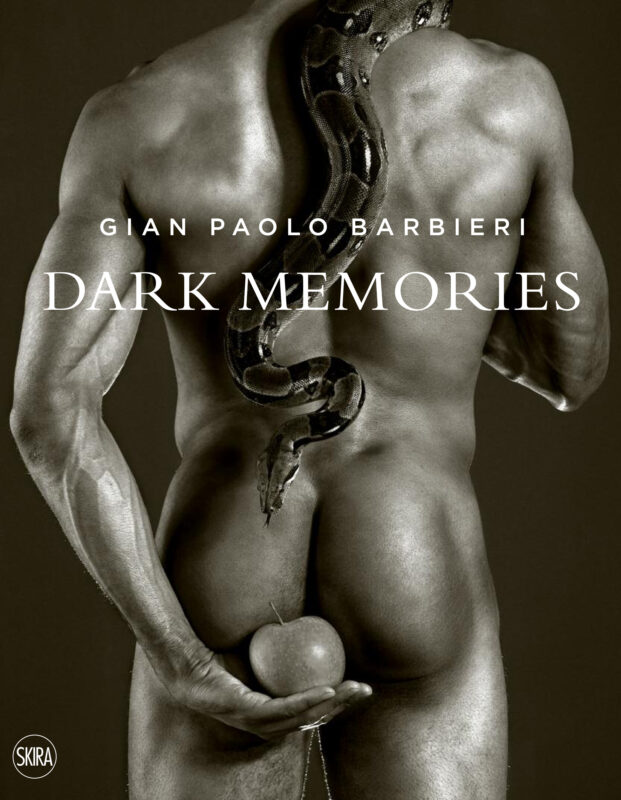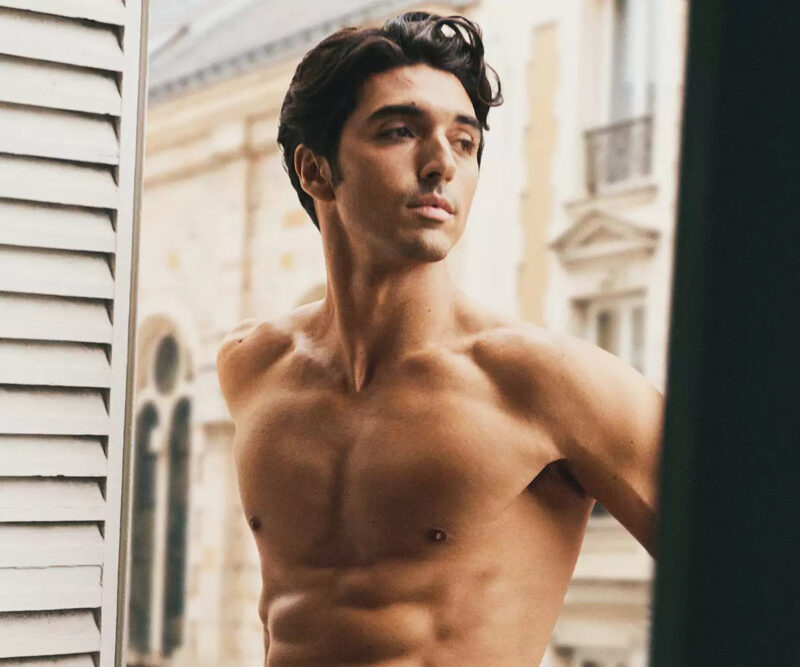Handsome tenors weren’t hard to come by in the old days: Corelli was dubbed “coscia d’oro” (“golden thighs”); Lanza was signed to a 7-year contract with MGM. Though good looks are no prerequisite for a successful singing career, films, television and social media have made it much tougher to compete and succeed without them. Director Francesca Zambello is credited with coining the term ‘barihunk’ in 2004. It made it to the Urban Dictionary as “a handsome or pretty baritone. Especially, but not exclusively, one who removes his shirt for the sake of opera.” A popular blog, exclusively “dedicated to any hunk who sings in the baritone and bass/baritone range,” has since presented a “never-ending army (…) of well-built singers,” writes Clarke, “and a sportive and youthful vision (…) of opera (…) Has sex appeal become important in a business so exclusively focused on ‘voice’ alone?” It has, it had to. In alphabetical order three tenors (‘hunkentenors’?), one countertenor and one bass-baritone prove just that.
Charles Castronovo, tenor
Born in Queens, New York, in 1975, but raised in California, Castronovo “is one of the finest lyric tenors of his generation.” He has sung all over the world, from Berlin Staatsoper to Paris Opera. But we love him most when shirtless (and buff) in The Pearl Fishers at San Diego Opera (2008) and La Traviata at Liceu Barcelona (2014).
Instagram: @thecharlescastronovo
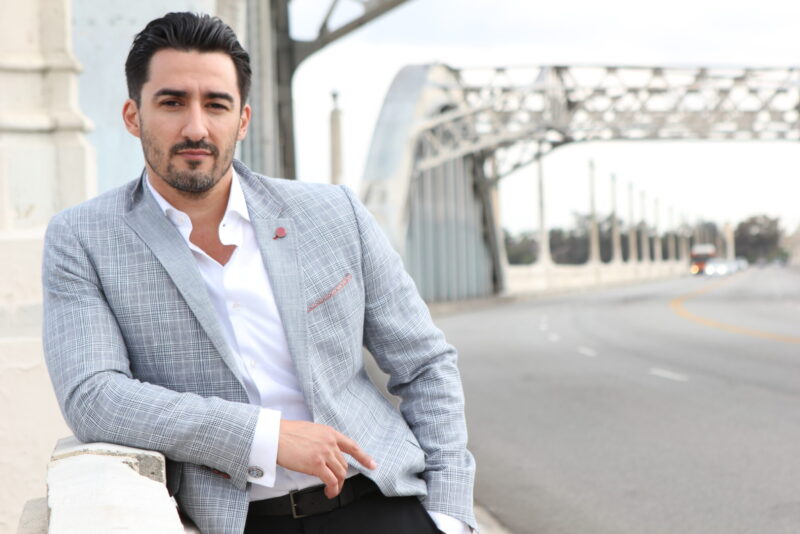
Charles Castronovo, photographed by Katerina Goode.
Edwin Crossley-Mercer, bass-baritone
“An outstanding talent amongst the rising generation of French singers”, Crossley-Mercer is Anderson Cooper’s operatic (and sexier) double: same piercing blue eyes, same silver hair, however with a French twist and that deep, powerful voice of his. He looks stunning in a black tux. Irresistible in an armor (as Achilles in Mauerschau and as Pollux in Castor and Pollux). To die for, shirtless (in Le Nozze di Figaro and Orlando Paladino).
Instagram: @edwincrossleymercer
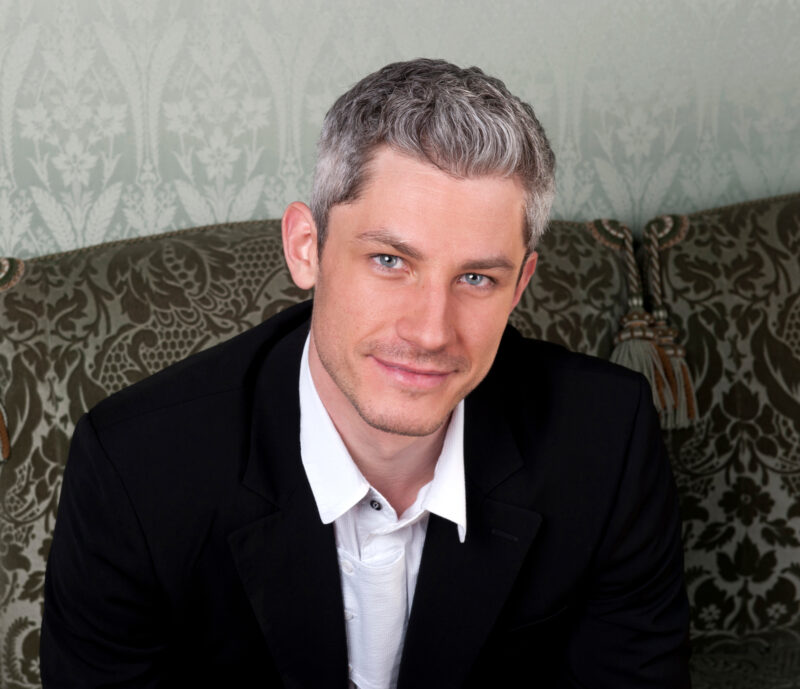
Edwin Crossley Mercer, photographed by Julien Benhamou.
Paolo Fanale, tenor
“He drew breathless admiration from women and men alike for his tattooed biceps and clean-cut Joey-from-Friends looks”, writes Harper’s Bazaar. Born in Palermo, Italy, in 1982, Fanale has graced the Met, La Scala, Covent Garden…
The Peruvian star needs no introduction. Born in Lima in 1973, Florez “made history at La Scala when he broke a 70-year-old taboo and gave the first encore in the theatre since 1933, much to the audience’s delight. The aria in question was ‘Ah! mes amis’ from Donizetti’s La Fille du régiment, renowned for its nine high Cs.” He has since established himself as one of opera’s busiest, most popular talent.
Instagram: @jdiego_florez

Juan Diego Florez, © Kristin Hoebermann.
Jakub Jozef Orlinski, countertenor
Born in Warsaw, Poland, in 1990, Orlinski isn’t only an award-winning countertenor, he’s also a champion break-dancer, a part-time fashion model (for Nike and Levi’s) and a savvy content creator (205K followers on Instagram, 110K on YouTube.) Which earned him millions of views and a wider, younger audience. “Orlinski’s good looks,” writes The New Yorker, “–an athletic physique, a square jaw, abundant curls, and striking blue eyes—are as uncommonly pleasing as his voice (…) The singers who performed in operatic works by Händel or Vivaldi in the eighteenth century were the musical celebrities of their day, and Orlinski’s approach is to gleefully inhabit that space of stardom, rather than to handle the repertoire as if he were a reverent museum curator. ‘I treat Baroque music as, basically, pop music, but in their time,’ [Orlinski] told me.” And speaking of pop star appeal, watch him shirtless – and posing like Michelangelo’s David – in Warner Classics’ music video for Händel’s “Pena tiranna.”
Instagram: @jakub.jozef.orlinski
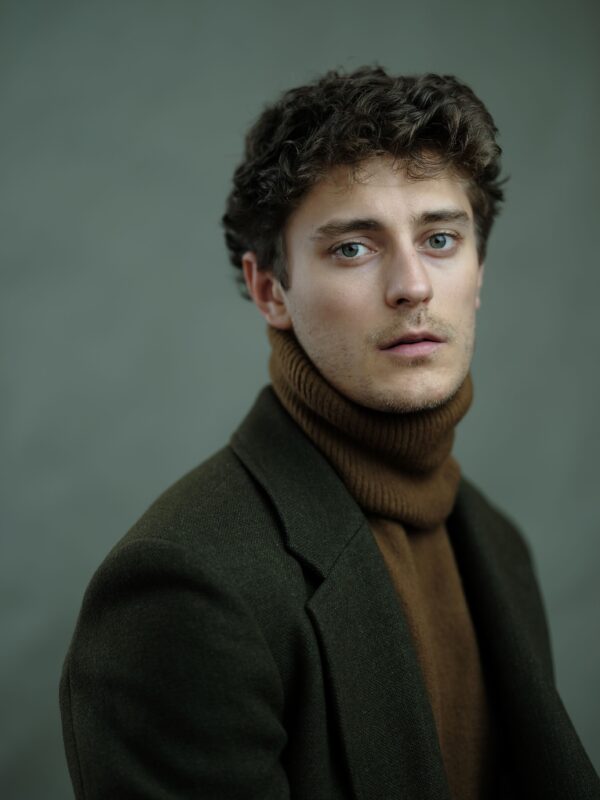
Jakub Jozef Orlinski, © Kamil Szkopik.

